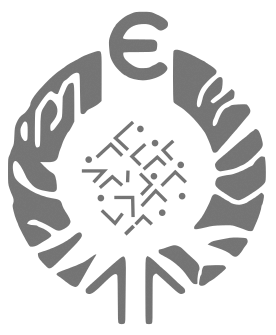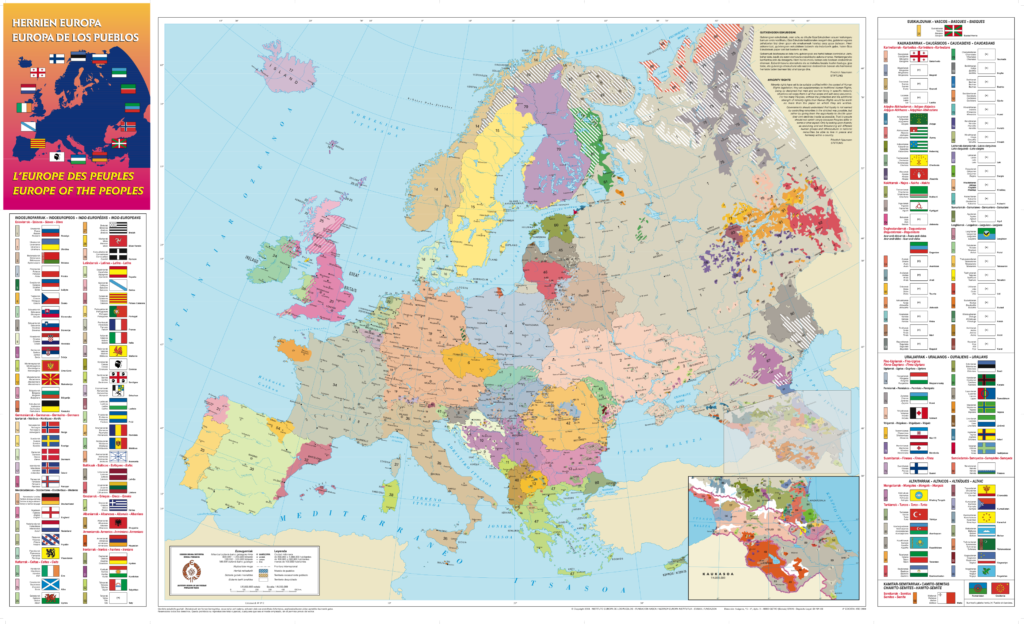Information translated by Google translate ![]()
BASIC DATA
Surface, 48,845 km²
Population, 5,443,120 (2018)
Capital, Bratislava
Languages: Slovak (official), Hungarian, Czech, Polish.
Ethnic composition: Slovaks 80.7%, Hungarians 8.5%, Gypsies 2%, Czechs 0.6%, other groups (Ukrainians, Germans, Poles, Russians) 8.2% (2011 est.).
Religions: catholic 62%, Protestant 8.2%, Greek Catholic 3.8%, other 8.8%, non-religious 13.4% (est. 2011).
Literacy rate, 99.6%
Human Development Index (HDI), 0,855 (UN-2018) (38th in the world).
Political system, parliamentary republic.

The imposing castle of Bratislava, capital of Slovakia, rebuilt in the seventeenth century.
DEMOGRAPHIC INDICATORS
Birth rate, 9.7 ‰
Mortality rate, 9.9 ‰
Vegetative growth, – 0.02%
Life expectancy at birth: men, 73.7 years; women, 81.1 years (est. 2017).
ECONOMY
Agriculture: cereals, sugar beet, potatoes, vegetables, fruit, vine.
Livestock: bovine, ovine, porcine, poultry.
Forestry: coniferous
Mining: coal, lignite, iron, copper, mercury, antimony.
Industry: iron and steel, transport equipment, electrical equipment, petrochemical, wood, food, pharmaceutical.
GDP per capita, $ 31,616 (2017)
Sectoral distribution of GDP:
Agriculture, 3.8%
Industry, 35%
Services, 61.2% (est. 2017)
Foreign trade:
Exports: machinery, transportation equipment, chemical and manufactured products, raw materials, paper, electrical equipment.
72,600 million dollars
Imports: machinery, transportation equipment, fuels, chemical and manufactured products, textile products, food.
72,900 million dollars (2016)
HISTORY (XX-XXI centuries)
1918: The Slovak National Congress united Slovakia to the Czech countries, with which the Czechoslovak Republic was constituted.
1918-39: The fate of Bohemia and Moravia followed, but during this period relations between Czechs and Slovaks deteriorated.
1939: Members of the Popular Party declared the independent Slovak State, headed by Monsignor Jozef Tiso.
1944: The national resistance culminated in the open struggle during the August uprising.
1945: Slovakia was liberated by Russian troops, and joined again to Bohemia and Moravia to re-establish the Czechoslovak Republic.
1948: The National Council and its own government led the country, already under the communist regime.
1968: Slovakia was configured as one of the two states of the Federal Republic of Czechoslovakia.
1989: Slovak nationalism renewed its demands for independence with massive demonstrations in Bratislava.
1992: After the democratic elections, the Movement for a Democratic Slovakia (HZDZ), promoter of a Slovak State, triumphed. The government of Bratislava, headed by Vladimír Mečiar, negotiated with the head of the Czech Government, Václav Klaus, the friendly separation and the distribution of the assets of the Czechoslovak State.
1993: The Republic of Slovakia became a new independent state.
1994: First elections after independence, in which the HZDZ won and Vladimír Mečiar was elected prime minister again. Michal Kováč was the first president of the Slovak Republic.
1995: Treaty of friendship and cooperation with Hungary, in which mutual borders were recognized and the rights of the Hungarian minority were guaranteed.
1997: Increased popular concern over the continued abuses of power by the Government, which was reflected in the «Chapter 97» movement, to fight for the democratic rights of the population.
1998: The tight triumph in the legislative elections provoked the decision of Prime Minister Vladimír Mečiar to stay out of the new Government, so that the leader of the Slovak Democratic Coalition, Mikulas Dzurinda, could form a coalition Cabinet.
1999: A constitutional amendment was approved that established the holding of direct presidential elections by universal suffrage. The Dzurinda government and the Schuster presidency represented a rapid reintegration of Slovakia into the European process.
2001: The constitution was modified to adapt it to the demands of the European Union. Power was decentralized, the independence of the judiciary increased, and the rights of ethnic minorities were recognized.
2002: Mikulas Dzurinda re-formed a coalition after the elections and maintained his position as Prime Minister.
2003: The Slovaks voted in favor of annexing the European Union in a referendum.
2004: Slovakia was admitted to NATO and the European Union. Ivan Gašparovič became the new president after winning the elections.
2006: After the elections, Robert Fico proclaimed himself Prime Minister. In October, Fico announced that troops would be withdrawn from Iraq by the end of 2007.
2009: Slovakia replaced its currency with the euro and Ivan Gašparovič was re-elected as president. The parliament passed a law imposing fines on people who use minority languages in government buildings.
2010: Parliamentary elections were called and a center-right coalition was formed, thanks to which Iveta Radičová became the Prime Minister.
2012: After the collapse of the ruling coalition, early elections were held, in which the party led by Robert Fico won more than half of the seats.
2014: Andrej Kiska won the presidential elections and Robert Fico denounced the sanctions imposed on Russia by the European Union, showing the desire of the government to carry out policies of rapprochement with Russia.
2016: For the first time in Slovakia, a far-right party, Kotleba – Our Slovak People’s Party, won seats in parliament.
2018: Journalist Ján Kuciak and his girlfriend were killed. Ján Kuciak had investigated a tax fraud committed by the Minister of the Interior.

COLABORA
con la actualización de esta información
ELKARLANEAN
informazio hau eguneratuta
COLLABORATE
with the update of this information
inst-europ@inst-europ.org
